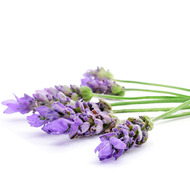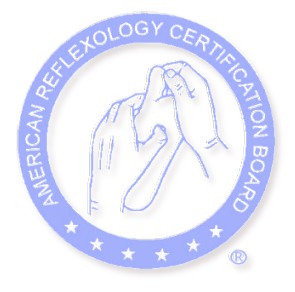 When working with any pediatric client, massage therapy not only address their physical ailments, but their emotional care as well. Even if your child doesn’t have any health conditions, they are still experiencing pressure academically and socially more than ever before. Even as an infant, massage therapy is a way of communicating with baby, while building trust and understanding.
When working with any pediatric client, massage therapy not only address their physical ailments, but their emotional care as well. Even if your child doesn’t have any health conditions, they are still experiencing pressure academically and socially more than ever before. Even as an infant, massage therapy is a way of communicating with baby, while building trust and understanding.
There are some very clear distinctions between the two modalities of infant massage and pediatric massage. Infant massage is generally limited to the age of 0 to 12 months. From birth to 18 years of age is generally considered pediatric. It’s important to know how each modality can help your child and why it’s important to start massage as early as possible.
Benefits of Infant Massage
When a child is born, parents and caregivers are encouraged to use nurturing touch as soon as possible. The benefits of infant massage therapy achieve emotional, cognitive, and physical development. The parents and caregivers who administer infant massage should be trained by a certified infant massage teacher. Infant massage teachers teach how to use gentle massage techniques, understand their baby’s cues, and understand methods of communication.
From a medical perspective massage can aid in weight gain, improved immune function, optimal neurological function, improved digestion, and decreased stress hormones. Studies show that premature/low-birth-weight infants who received daily massages showed improved weight gain and shorter hospital stays in comparison to control groups who did not receive daily massages. In addition to the health benefits of infant massage, massage may soothe common discomforts, promote restful sleep for the infant, and increase bonding.
Benefits of Pediatric Massage
Children need nurturing touch to grow and reach their full potential. In studies performed by massage therapy researchers, regular massage helps children obtain more sleep, stress reduction, fewer growing pains, reduced stress hormones, increased IQ, improved concentration, decreased anxiety, increased focus, and decreased aggression.
For children with health conditions, receiving massage and nurturing touch can’t solve the problem, but it can provide the child with many physical and psychological benefits as well. Pediatric massage therapy has been known to help children with numerous health issues including (but not limited to): autism, broken bones and fractures, cystic fibrosis, depression, HIV/AIDS, juvenile rheumatoid arthritis, muscular dystrophy, scoliosis, and sprains.
Researchers have found that children with autism show less stereotypical autistic behavior, are more social and attentive, a decrease in aversion to touch, an increase in concentration, and have less anxiety after receiving massage therapy. Pediatric massage might provide relaxation, stress reduction and calm muscle spasms. Over time, the child typically becomes more accustomed to tactile stimulation and the regular intervention of pediatric massage might be beneficial in reducing inattentiveness, touch aversion and withdrawal.
For children under significant stress, who have experienced loss, are subject to peer pressure and bullying, have learning, cognitive and anxiety disorders and are at a higher risk for depression, the symptoms of depression typically involve a feeling of hopelessness, sadness and changes in mood and behavior. Remember that symptoms of depression vary between each individual child.
Massage therapy helps ensure safety, trust and open communication between the pediatric client and therapist. It is not up to the massage therapist to diagnose any health condition, but rather we must always use our best skills to support the possibilities that emotional support is needed. If you’re unsure how massage therapy can help your child, give me a call. We can determine together how massage therapy can make a positive impact on your child’s life.




